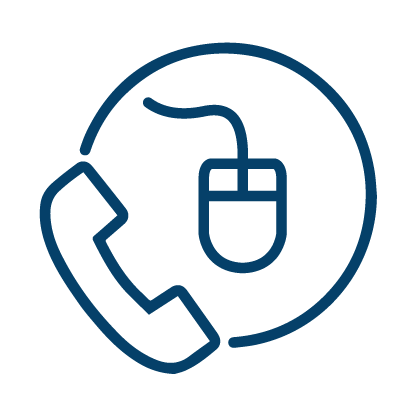Pipeline Damage Prevention Regulations – What you need to know
Pipeline Damage Prevention Regulations – What you need to know [PDF 1082 KB]
What do you need to know about working in the prescribed area?
The prescribed area is 30 m measured on both sides from the centreline of the pipe, and includes the right-of-way. It is an area where extra precaution, communication, and consent from the pipeline company is required for some activities.

Graphic description
Activities that Do Not Require Consent
- Digging less than 30 cm below the surface (for example: planting flowers)
- Agricultural cultivation less than 45 cm, unless notified by the pipeline company that it’s unsafe to do so in certain areas
Activities that Require Consent
- Removing earth cover from the right-of-way
- Agricultural cultivation 45 cm or deeper in the prescribed area
- Driving vehicles or mobile equipment on the right-of-way
(does not include agricultural activities) - Placing a structure on a right-of-way
(for example: fence, pool, wood pile) - Ground disturbance 30 cm or more in the prescribed area
(for example: digging holes for fence posts or deck footings)
The damage prevention regulations help keep people, the environment, and pipelines safe and secure. It is important to know about:
- the prescribed area and the steps to take when working in this area
- which activities require the company’s written consent before starting the activity
What do you need to do in the planning stages of your activity?

- Don’t just dig. Plan ahead. It takes time to locate the pipes and cables and to get written consent, if needed
- Look for pipeline marker signs in your area, and check land records for easements.
- Contact Click Before You Dig or a one-call centre to locate underground pipes and cables. In the Territories, contact the pipeline company or utility owner directly. You may need to be on site when the technician comes.
- Get written consent from the pipeline company before any ground disturbance that is 30 cm (12 in) or deeper.
- You must give everyone the safety information they need: contractors, subcontractors, family members, volunteer helpers, and employees.
What happens when you make a locate request to a One-Call Centre?

The one-call centre will send a notification to federally regulated pipeline companies that are in your area.
Federally regulated pipeline companies are required to:
- confirm and mark the location of the pipe within 3 working days (or a mutually convenient time)
- explain the meaning of the markings
- provide written safety practices to follow
Resolving issues

If you and the pipeline company cannot come to an agreement on a dispute:
- the CER offers an Alternative Dispute Resolution (ADR) service, which is a voluntary and confidential way for those involved to resolve disputes
- you or the pipeline company can contact the CER for assistance using the official language of your choice
To learn more, visit the alternative dispute resolution page on our website.
Please note that this information sheet is not intended to replace the Damage Prevention Regulations.
To learn more: Please call 1-800-899-1265 and ask to speak to an Operations Inspector about Damage Prevention, email us at DPInfo@cer-rec.gc.ca, or visit our website and search for Damage Prevention.
- Date modified:
